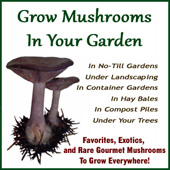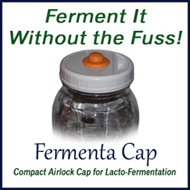Cows
Heritage Breed Requirement
To qualify to be listed as a Heritage Breed on our website, an animal must meet a few specific requirements.
1. They must be able to breed naturally. They cannot require artificial insemmination for survival of the breed. Example: We will not list Broad Breasted turkeys, because with very few exceptions, when they grow according to the breed standard, they do not breed naturally.
2. They must be able to successfully parent their own young. If artificial means of feeding or tending the young are required by the breed to allow the survival of the next generation, they may not be listed here. Example: We could not list Owl Pigeons because their beaks are too short to successfully feed their young.
3. They must be able to survive without medical intervention, through their lifespan. This does not mean every animal WILL, only that if a breed, as a whole, requires medical intervention to survive (difficult birthing, severe parasite problems, specific disease succeptibility), they may not be listed. Example: We do not list LaMancha goats, because of extremely high rates of birthing difficulties due to the smaller head and normal sized body. Many double muscled breeds of animals have similar problems.
4. They must have a utility purpose. That purpose may be meat, eggs, milk, wool, feathers, guarding, insect control, brooding, parenting as a foster, weed control, alarm service, etc. Heritage breeds were created for farms, and to be listed here, they must have a practical use. Example: We do not list non-working dog breeds, because they are strictly pets. We do make an exception with some breeds that have a high potential to produce a lucrative revenue stream for small farms through sale of breeding stock, young animals, hatching eggs, etc.
5. They will have some kind of historic importance in the US, or we believe they currently have a high value to small farms.
6. They MAY be uncommon livestock species, including wild species, exotic species, or feral species, IF those species were historically important to the US, OR if those species are valuable choices for small farms or homesteads, particularly those that are pursuing either self-sufficiency, or income streams from their livestock.
7. They must be PRACTICALLY OBTAINABLE. Many critically endangered livestock breeds are not available to the general public, they are either so rare that it is impossible to find them, or those who do have them keep them within proprietary breeding programs in an effort to restabilize the breed before releasing them to the general public. If this is known to be the case, we do not list them, because they are not viable options for the small farm, no matter how well they might suit if they were available.
We do require that they meet all criteria listed above, unless there is a compelling reason to make an exception.
If you feel that we have listed animals that should not be listed, or failed to list one that SHOULD be listed, please use our Contact form to let us know.
NOTE: The American Livestock Conservancy defines heritage breeds differently than we do. They require that a breed be at risk, or that it has been at risk at one time, to define it as Heritage, and we do not. The term "Heritage" does not imply any risk of loss, but rather that it is a historically significant breed that was used in times past, and thus our description varies from theirs. Similarly, our purpose is different than theirs. They seek to preserve all threatened breeds. We seek to preserve breeds that are valuable to small farms, and make them available to those in need of their specific traits.
 Click to Download Your Free Heritage Pickling and Culturing e-Book Now!
Click to Download Your Free Heritage Pickling and Culturing e-Book Now!
Instant Download, NO Registration Required!






